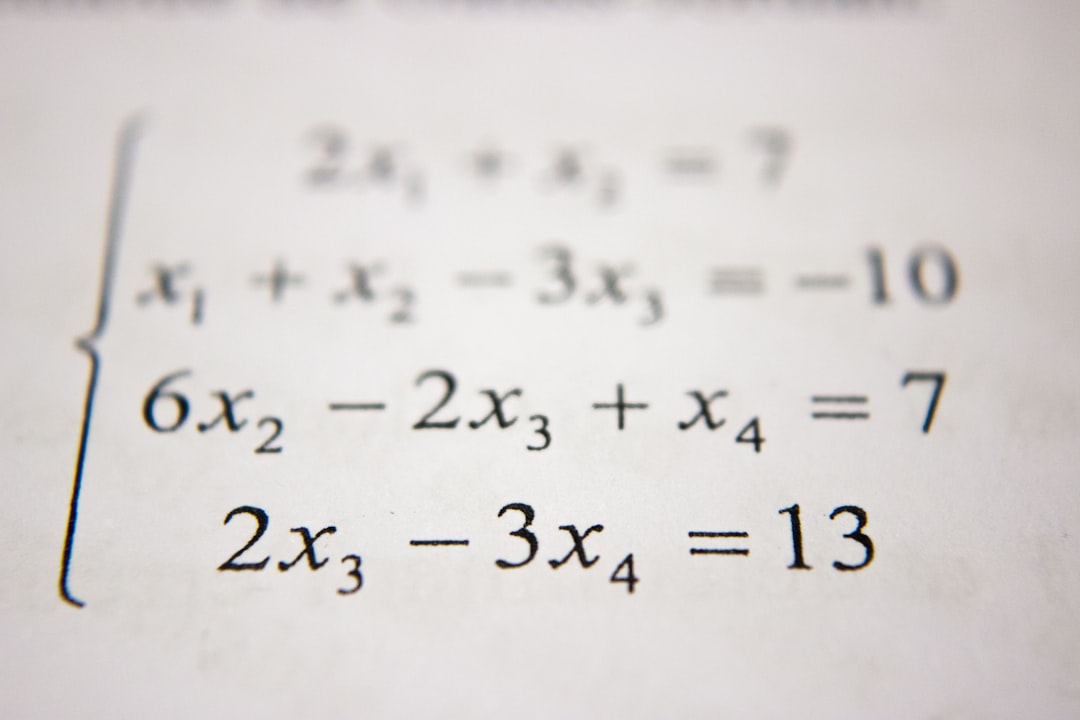What is it about?
Late eighteenth-century Irish Catholic relief politics, the British Empire and antiquarian writing.
Featured Image
Why is it important?
Like O'Conor and Curry, O’Halloran mobilised the Gaelic tradition in an appeal for Catholic relief and in that regard, O’Halloran’s antiquarian writings, like those of Curry and O’Conor are just one instance of many, of the political use of history and the contribution of history, to Catholic relief politics. However, O’Halloran introduced a new voice into the Catholic relief debate. This voice was more assertive and showed less concern for the sensitivities of his Irish Protestant audience than the discreet and “pleasing rather than a vigorous” style which characterised O’Conor’s approach. Moreover,Taking cognisance of the opportunities that the consolidation and reorganisation of the British Empire presented for Catholics, in the post 1763 period, and the Quebec act of 1774, is a case in point, O'Halloran situated his argumentation for relief within British imperial discourse and sought to engage, London, as the metropolitan capital of the British Empire directing in Irish Catholic relief politics. This approach marked a significant turning-point in how Ireland’s Catholic intellectual élite agitated for Catholic relief, not being directly addressed to London until the 1790s. This article provides a balance in current academic research on this topic.
Perspectives
Frequently indexed, but seldom considered at any great length, Limerick-born Sylvester O'Halloran, continental-trained surgeon and Irish language scholar, was one of the great intellectual minds of eighteenth-century Britain and Ireland, a leading figure and celebrity. His innovative contribution to Catholic relief politics and his imperial perspective on the issue has not, hitherto, been investigated.
Dr Claire E Lyons
Independant researcher
Read the Original
This page is a summary of: An imperial harbinger: Sylvester O’Halloran’s General history (1778), Irish Historical Studies, May 2015, Cambridge University Press,
DOI: 10.1017/ihs.2014.3.
You can read the full text:
Contributors
The following have contributed to this page










